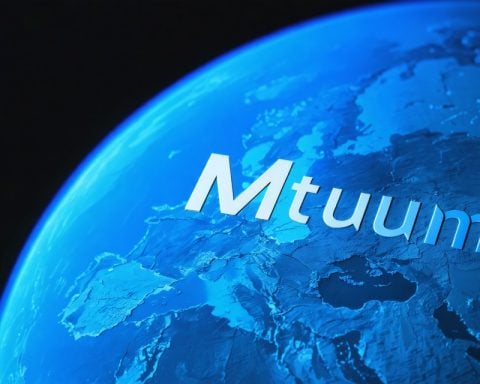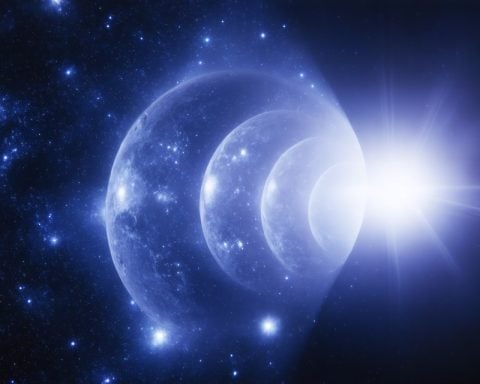A Blazing Event in the Heavens
Recently, hundreds of enthusiastic stargazers were treated to a stunning display that lit up the skies across the southeastern U.S. This celestial spectacle was not a natural wonder but rather the dramatic reentry of a defunct Chinese satellite.
On a Saturday evening, the remains of the SuperView 1-02 satellite burst through Earth’s atmosphere, with fiery trails marking its descent over New Orleans, Louisiana. Witnesses from surrounding states like Missouri, Arkansas, and Mississippi reported bright streaks lighting up the night sky, creating an illusion reminiscent of cosmic fireworks. However, experts clarified that this was not an authentic fireball phenomenon.
The American Meteor Society collected numerous eyewitness accounts around 11 p.m. ET, but scientists including astrophysicist Jonathan McDowell quickly identified the source as the outdated satellite. Originally launched in December 2016 for civilian image capturing, SuperView 1-02 faced operational challenges and eventually became nonfunctional.
Regrettably, many satellites, including SuperView 1-02, can reenter the atmosphere uncontrollably, raising concerns about orbital debris and potential collisions in space. The European Space Agency is creating innovative technology, such as the DRACO satellite, set to launch in 2027, to study reentry processes and improve future mission protocols, aiming to minimize risks associated with space junk.
The Night the Sky Ignited: Insights into Satellite Reentry Events
Understanding Satellite Reentry
The recent fiery descent of the defunct Chinese satellite SuperView 1-02 over the southeastern United States has brought attention to the growing issue of space debris and satellite reentry. As the number of satellites in low Earth orbit (LEO) increases, understanding the processes and consequences of reentry becomes increasingly crucial for both space agencies and the general public.
Features of Satellite Reentry
1. Reentry Process: When a satellite reenters the Earth’s atmosphere, it experiences intense friction and heating. During this process, many components can burn up, while larger debris may survive to reach the surface.
2. Spectacle for Stargazers: Events like the reentry of SuperView 1-02 can create stunning visual displays, often described as “fireballs” or “cosmic fireworks.” These phenomena capture the imagination of the public and increase interest in space science.
3. Tracking Satellites: Organizations like the American Meteor Society and space agencies closely monitor and track satellite reentries to provide timely information and warnings to the public, enhancing safety and curiosity.
Pros and Cons of Satellite Reentry
Pros:
– Public Engagement: Events like satellite reentries spark interest in astronomy and space exploration.
– Space Debris Awareness: Such incidents draw attention to the critical issue of space debris management.
Cons:
– Risk of Collisions: Uncontrolled reentries pose risks to populated areas and can lead to potential injuries if debris reaches the ground.
– Increased Space Junk: As more satellites enter LEO, the accumulation of space debris becomes a growing concern for future missions.
Innovations in Space Debris Management
To tackle the issues associated with satellite reentries and space debris, innovative solutions are being developed:
– DRACO Satellite: Scheduled for launch in 2027, the European Space Agency’s DRACO (Debris Risk Assessment and Communication Observatory) satellite aims to study reentry dynamics. This project is expected to enhance understanding of how to minimize debris risks and inform future satellite designs for better controllability during reentry.
Market Trends and Predictions
With the satellite industry booming, the growth of constellations like SpaceX’s Starlink will likely intensify the focus on responsible space operations. Experts predict that understanding and managing space debris will become a critical component of satellite design and launch strategies, with regulations also evolving to mandate end-of-life plans for satellites.
Conclusion: A Call for Responsible Space Exploration
The awe-inspiring display from SuperView 1-02 serves as a reminder of both the beauty and responsibility involved in space exploration. As we continue to expand our presence in orbit, implementing sustainable practices for managing debris will be vital to protect our planet and ensure the safety of future endeavors in space.
For further information on satellite technologies and space debris management, visit ESA.








